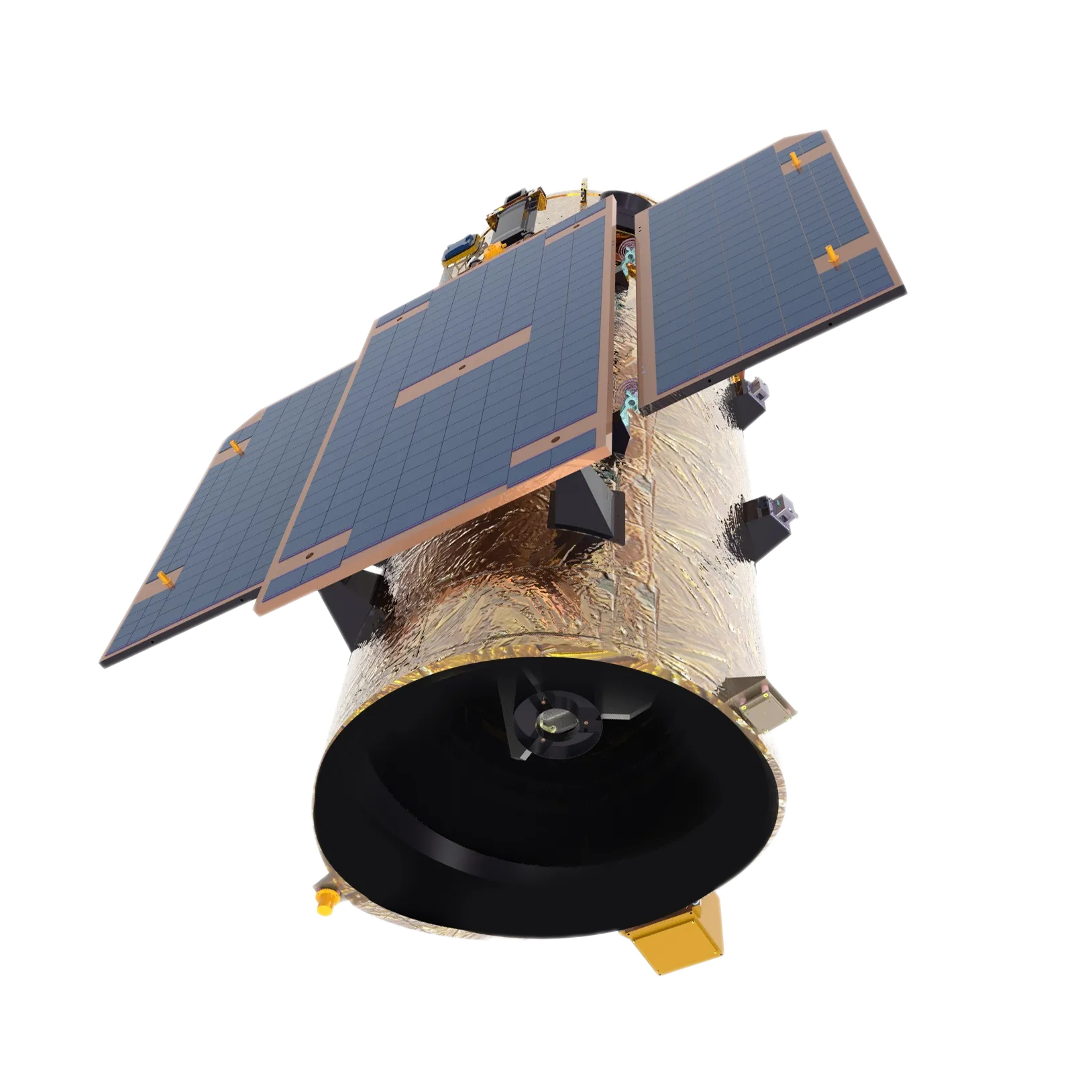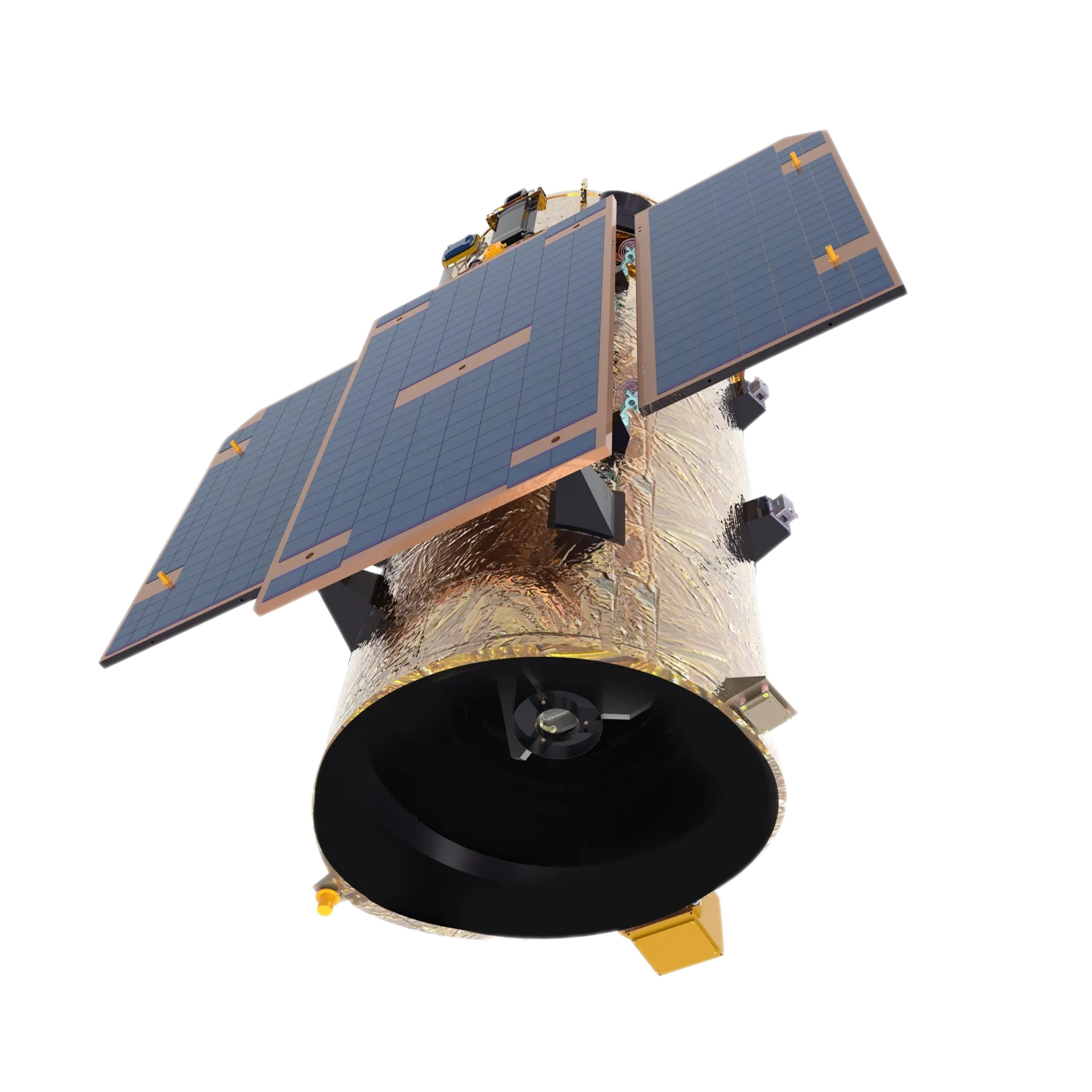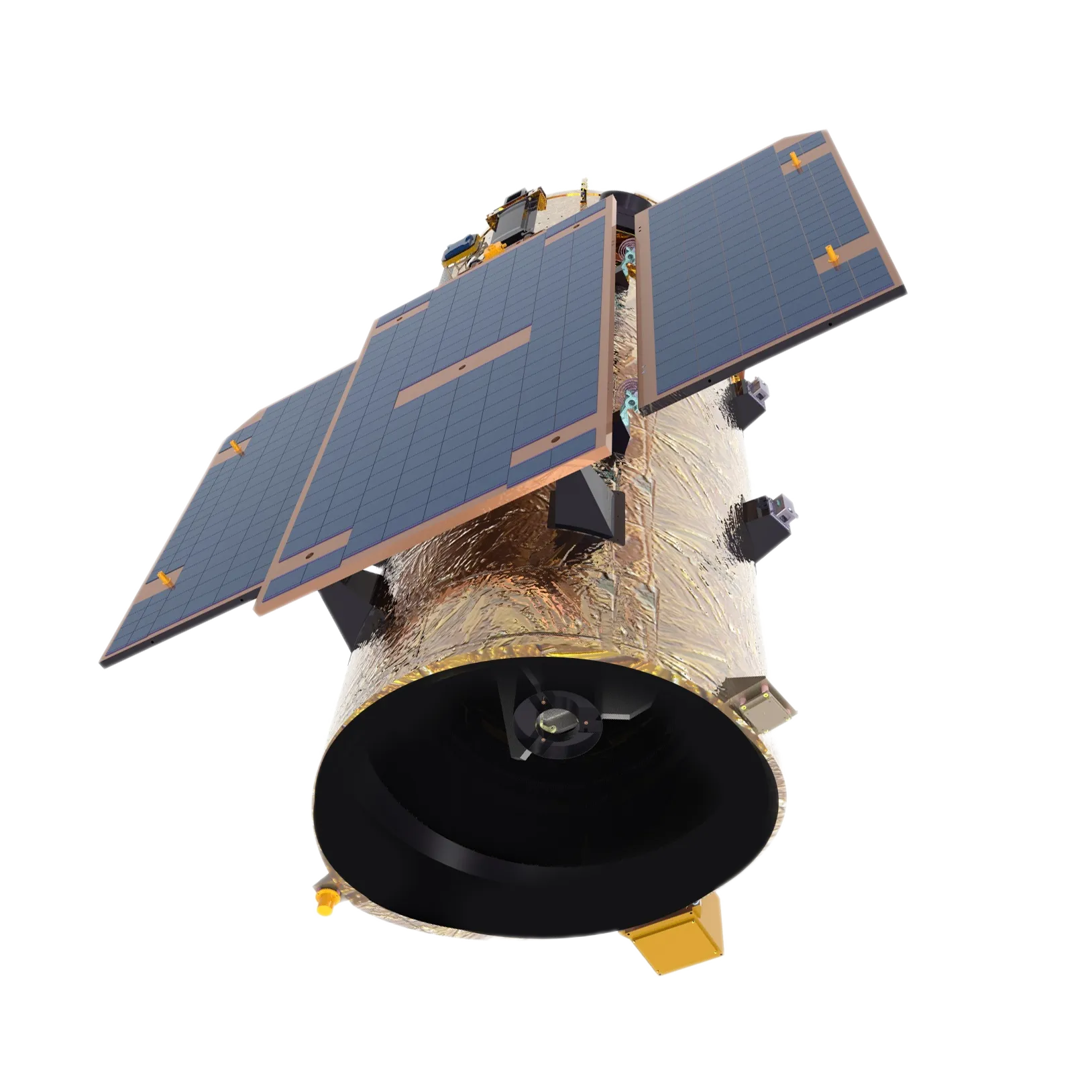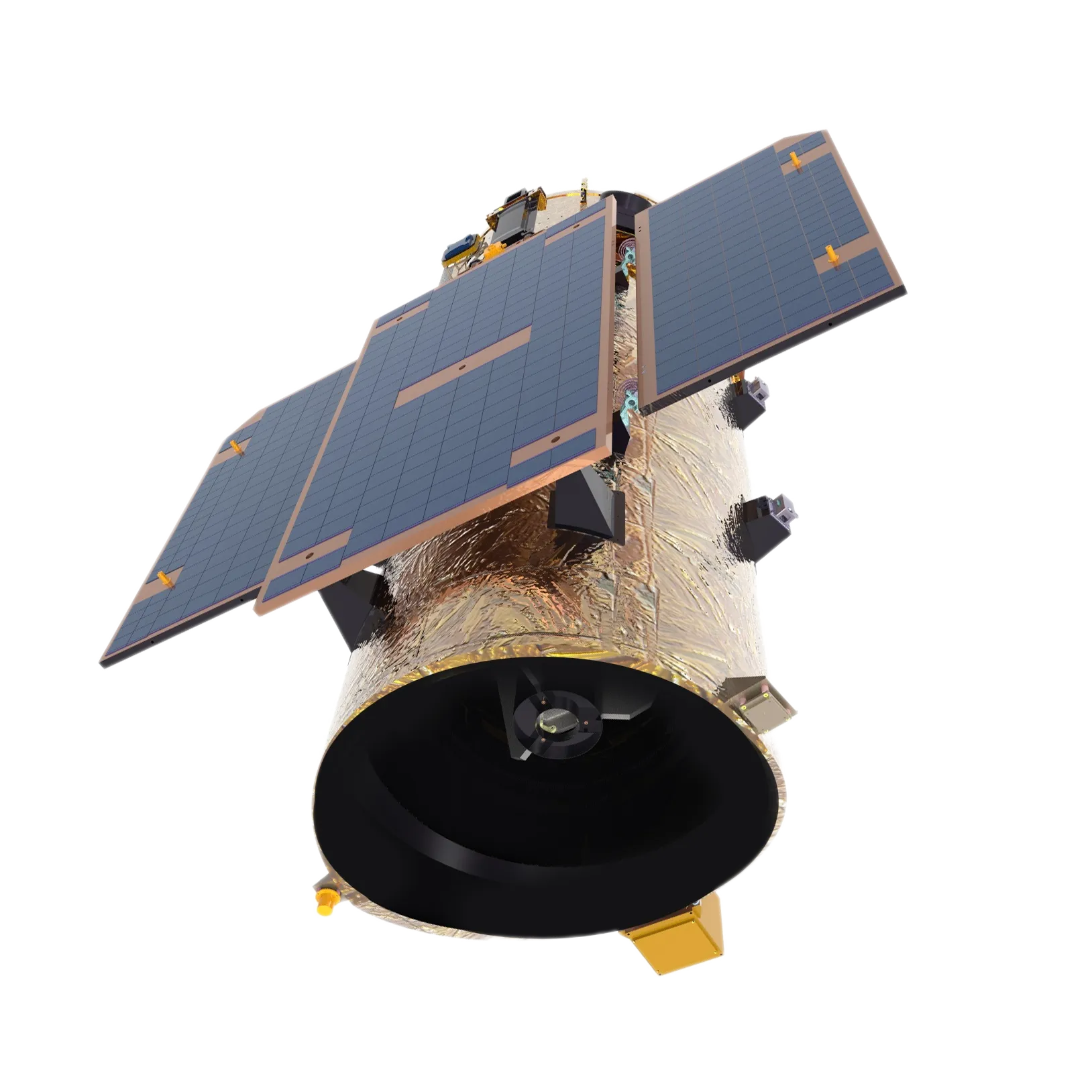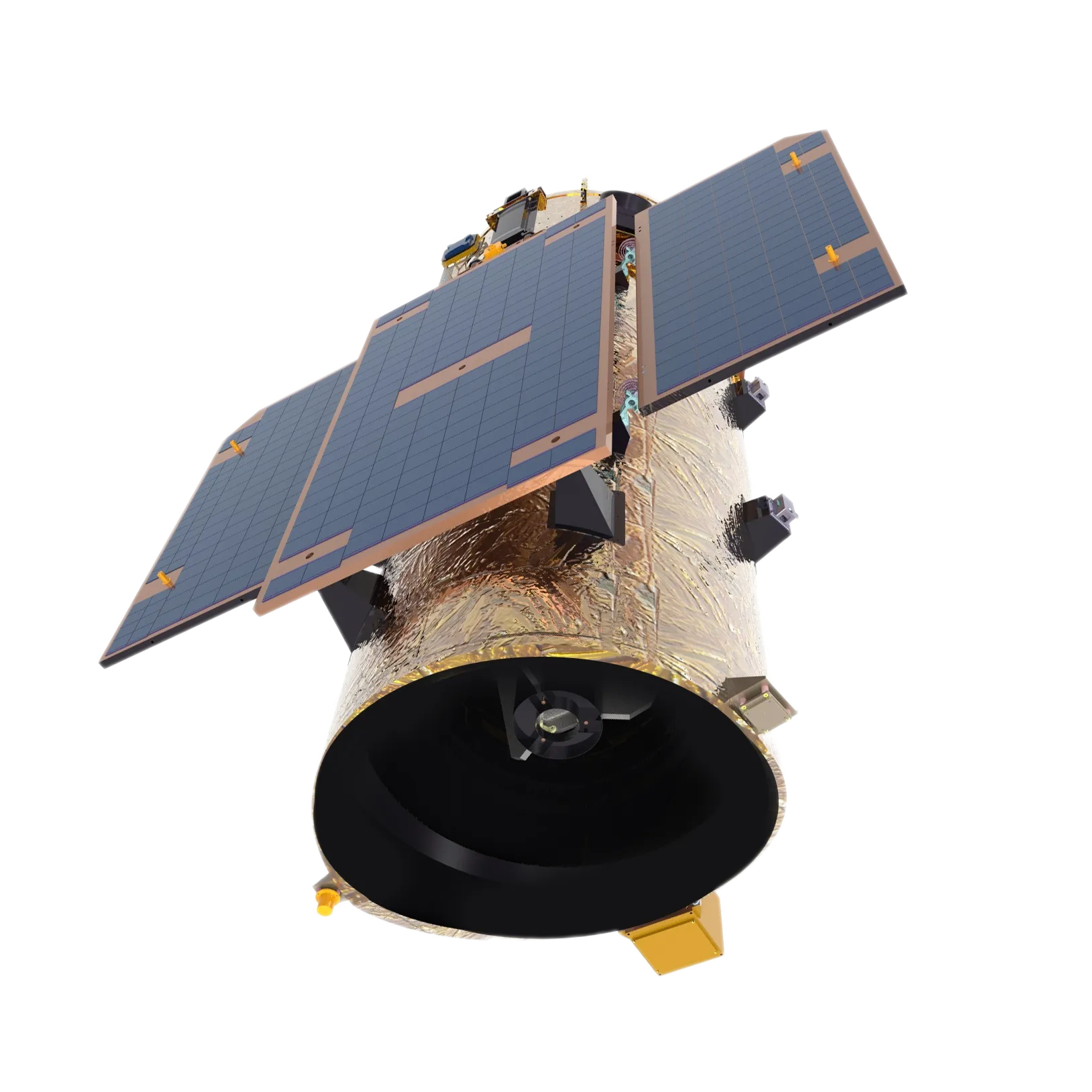
- Afrikaans
- Albanian
- Amharic
- Arabic
- Armenian
- Azerbaijani
- Basque
- Belarusian
- Bengali
- Bosnian
- Bulgarian
- Catalan
- Cebuano
- China
- Corsican
- Croatian
- Czech
- Danish
- Dutch
- English
- Esperanto
- Estonian
- Finnish
- French
- Frisian
- Galician
- Georgian
- German
- Greek
- Gujarati
- Haitian Creole
- hausa
- hawaiian
- Hebrew
- Hindi
- Miao
- Hungarian
- Icelandic
- igbo
- Indonesian
- irish
- Italian
- Japanese
- Javanese
- Kannada
- kazakh
- Khmer
- Rwandese
- Korean
- Kurdish
- Kyrgyz
- Lao
- Latin
- Latvian
- Lithuanian
- Luxembourgish
- Macedonian
- Malgashi
- Malay
- Malayalam
- Maltese
- Maori
- Marathi
- Mongolian
- Myanmar
- Nepali
- Norwegian
- Norwegian
- Occitan
- Pashto
- Persian
- Polish
- Portuguese
- Punjabi
- Romanian
- Russian
- Samoan
- Scottish Gaelic
- Serbian
- Sesotho
- Shona
- Sindhi
- Sinhala
- Slovak
- Slovenian
- Somali
- Spanish
- Sundanese
- Swahili
- Swedish
- Tagalog
- Tajik
- Tamil
- Tatar
- Telugu
- Thai
- Turkish
- Turkmen
- Ukrainian
- Urdu
- Uighur
- Uzbek
- Vietnamese
- Welsh
- Bantu
- Yiddish
- Yoruba
- Zulu
Exploring The Power Of A Satellite Platform In Remote Sensing Technology
In the ever-evolving world of space-based observation and data collection, the satellite platform serves as the foundation upon which cutting-edge technology is built. A satellite platform, also known as a satellite bus, integrates all subsystems necessary for a satellite’s operation, including power, propulsion, communication, and thermal control. In the context of remote sensing, these platforms are critical for supporting payloads such as cameras, sensors, and transmitters. Whether it’s a large-scale earth observation mission or a compact CubeSat platform project, the design and functionality of the satellite platform determine the mission’s success.
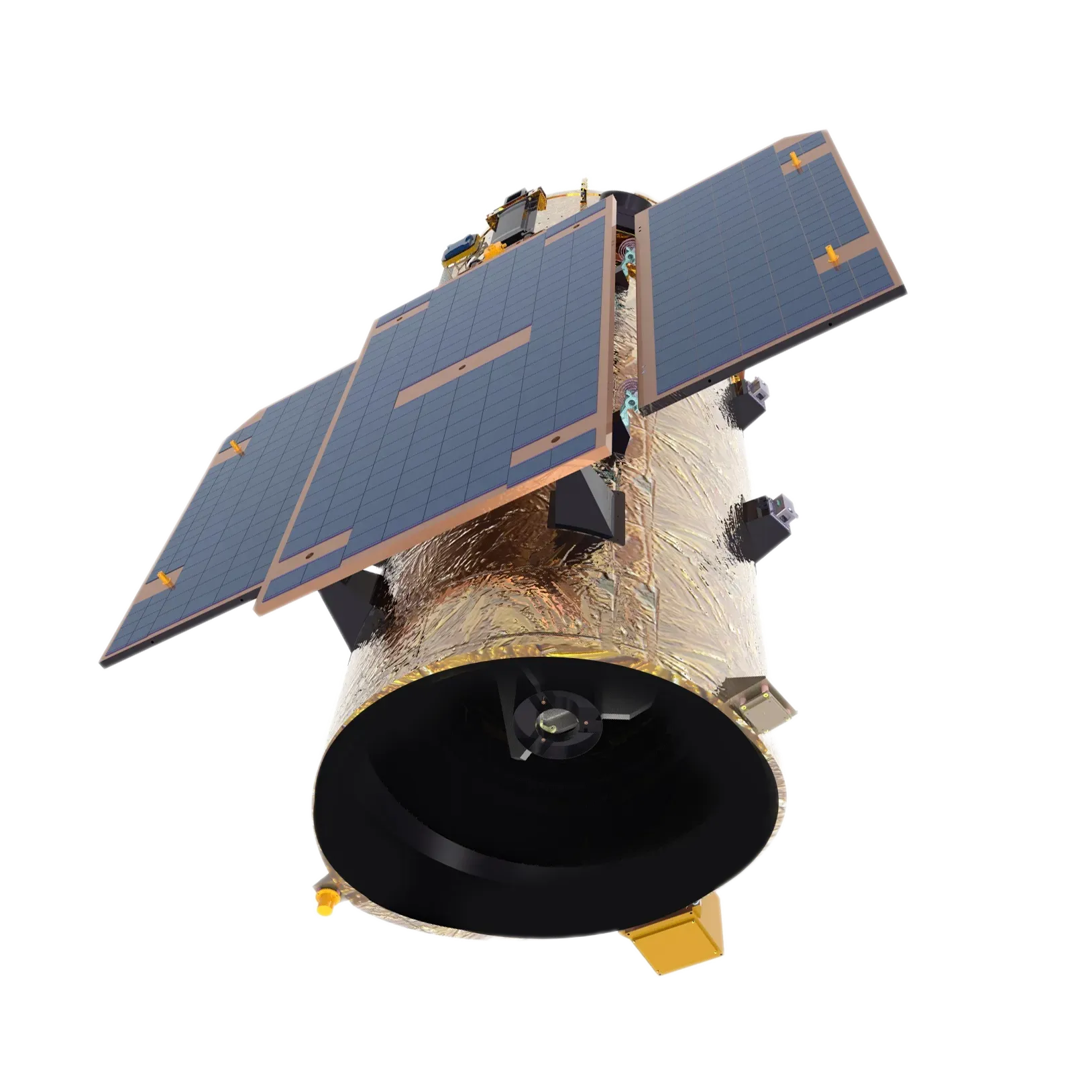
CubeSat Bus: A Scalable Satellite Platform Solution
With the rise of miniaturized satellite missions, the CubeSat bus has emerged as a cost-effective and flexible satellite platform. Typically conforming to the standardized CubeSat unit sizes (e.g., 1U, 3U, 6U), the CubeSat bus incorporates core functions such as power distribution, onboard computing, and telemetry systems in a compact structure. As space missions demand faster deployment and lower costs, the CubeSat platform offers universities, startups, and commercial operators a robust path into orbit.
The compact size doesn’t limit functionality; CubeSat buses can carry advanced imaging payloads, communication modules, or environmental sensors. For remote sensing applications, a CubeSat platform can be optimized for optical, radar, or thermal data collection, providing valuable earth observation data for agriculture, urban development, climate monitoring, and disaster management.
Satellite Bus Structure: Supporting Payloads With Stability
The satellite bus structure is the mechanical and electronic framework that supports all the satellite’s components. It ensures proper orientation, power supply, data handling, and thermal regulation. The rigidity and reliability of the satellite bus structure directly influence mission longevity and data accuracy.
In platform satellite design, thermal control systems protect instruments from space temperature extremes, while propulsion subsystems enable precise orbital adjustments. Communication modules, integrated within the satellite bus, maintain consistent data transfer between the satellite and ground stations. For remote sensing tasks, stable and accurate pointing capabilities of the satellite platform are essential to capture consistent imagery over time.
Satellite Platforms In Remote Sensing: Enabling Global Observation
Satellite platforms in remote sensing are designed to operate in various orbital regimes, from low Earth orbit (LEO) for high-resolution earth imagery to geostationary orbit for continuous environmental monitoring. The choice of platform depends on the mission objectives, spatial and temporal resolution needs, and payload requirements.
Modern satellite platforms in remote sensing enable precise imaging, spectral data acquisition, and real-time communication. These platforms must withstand radiation, micrometeoroids, and other harsh space conditions while maintaining functionality. Their adaptability allows integration of different types of sensors, from optical and infrared to radar and hyperspectral payloads.
Remote sensing missions often rely on a constellation of small satellites or CubeSats working in tandem. Such coordinated missions benefit from standardized satellite bus designs, allowing rapid production and deployment. This modularity also facilitates upgrades, testing, and international collaboration across agencies and industries.
Embracing the Next Generation of Satellite Platforms
As remote sensing grows more vital for environmental management, resource planning, and emergency response, innovations in satellite platform design continue to shape the industry. Whether deploying a single CubeSat bus or launching a high-performance observation satellite, selecting the right platform is central to mission success.
Reliable satellite bus structures, flexible CubeSat platforms, and advanced platform satellites together form the technological bedrock of modern earth observation. In a world increasingly reliant on space-based data, these innovations ensure accuracy, accessibility, and global reach—propelling remote sensing into the future.






